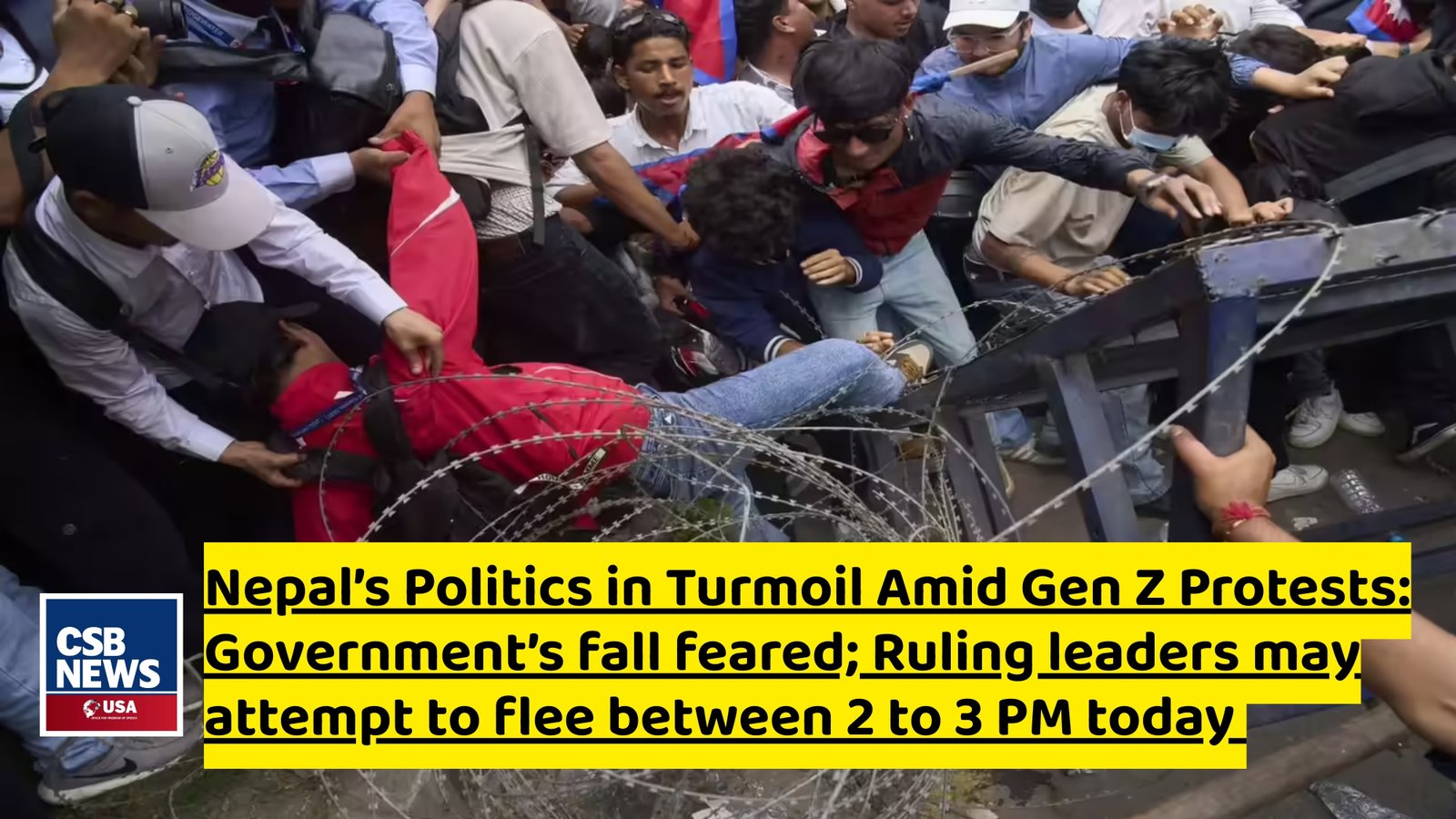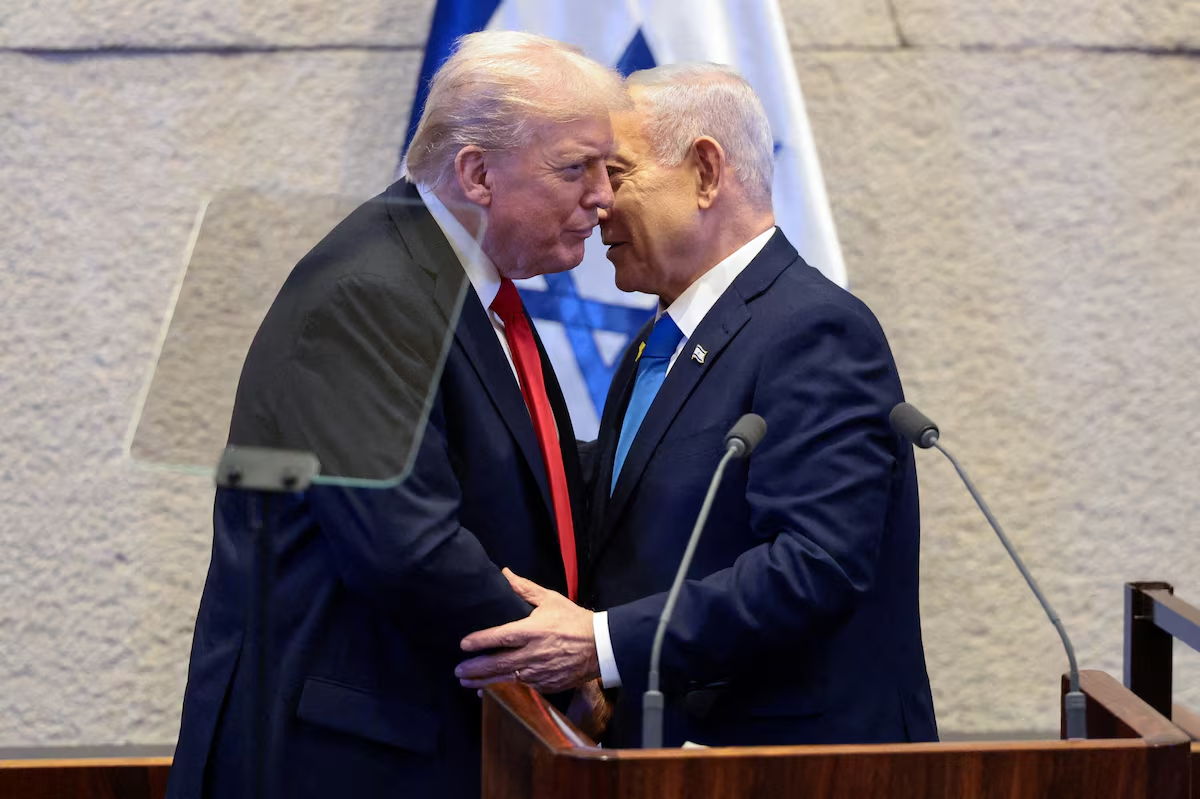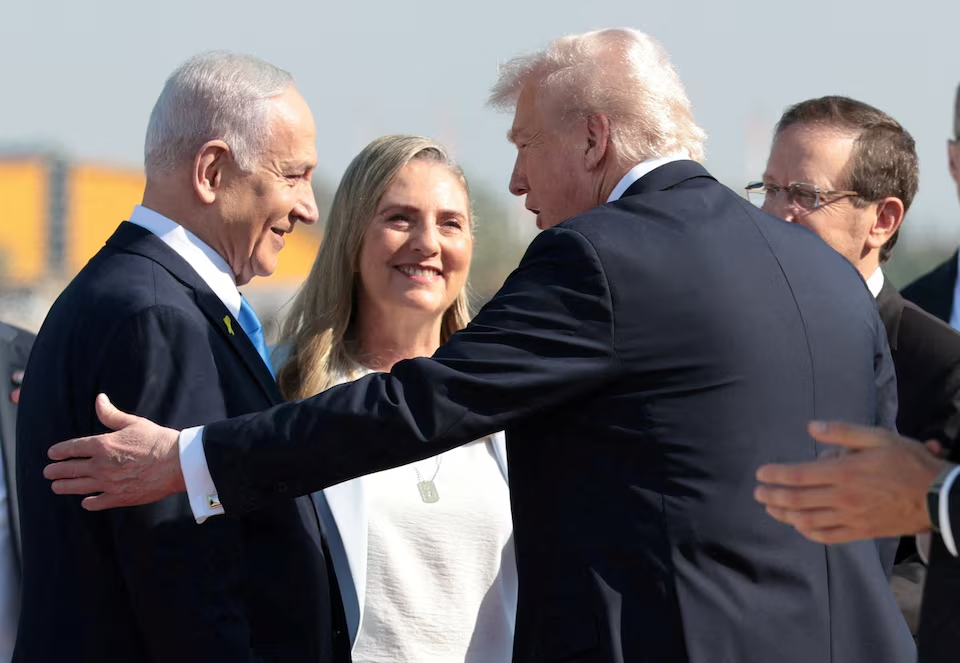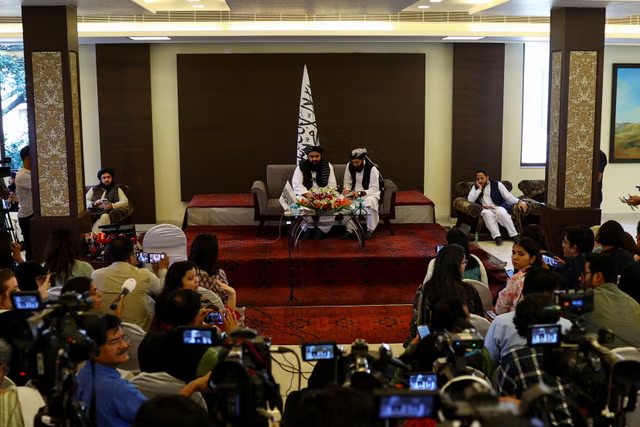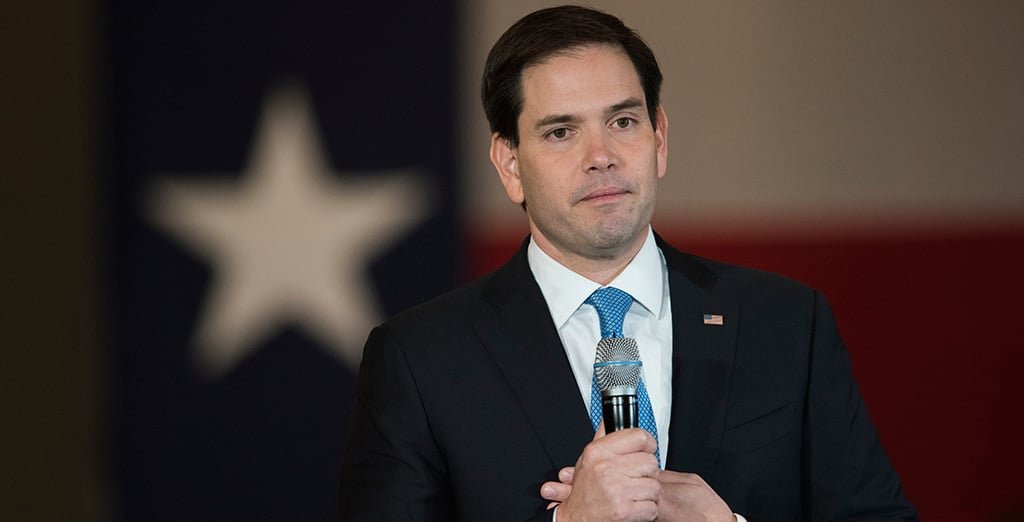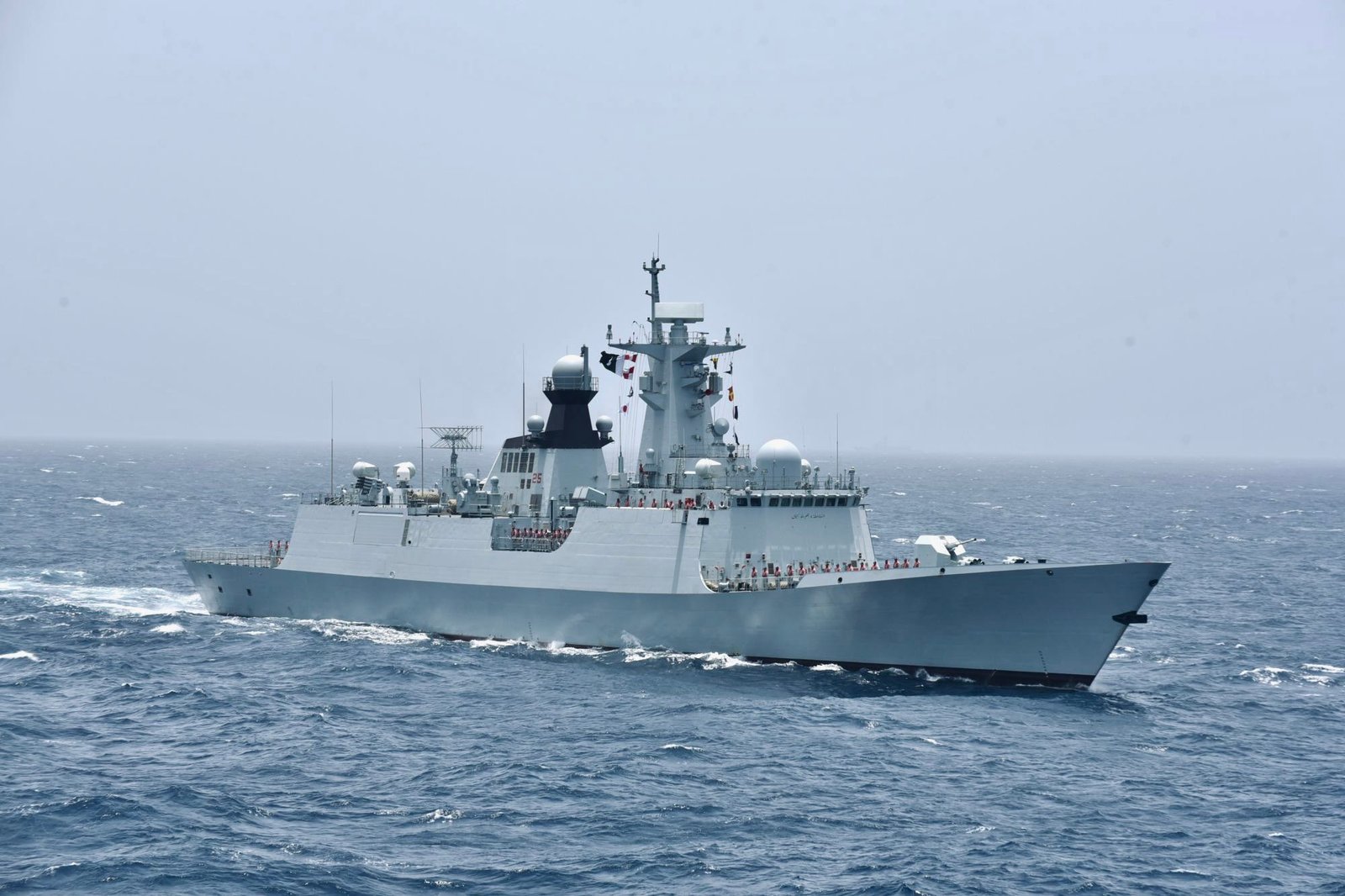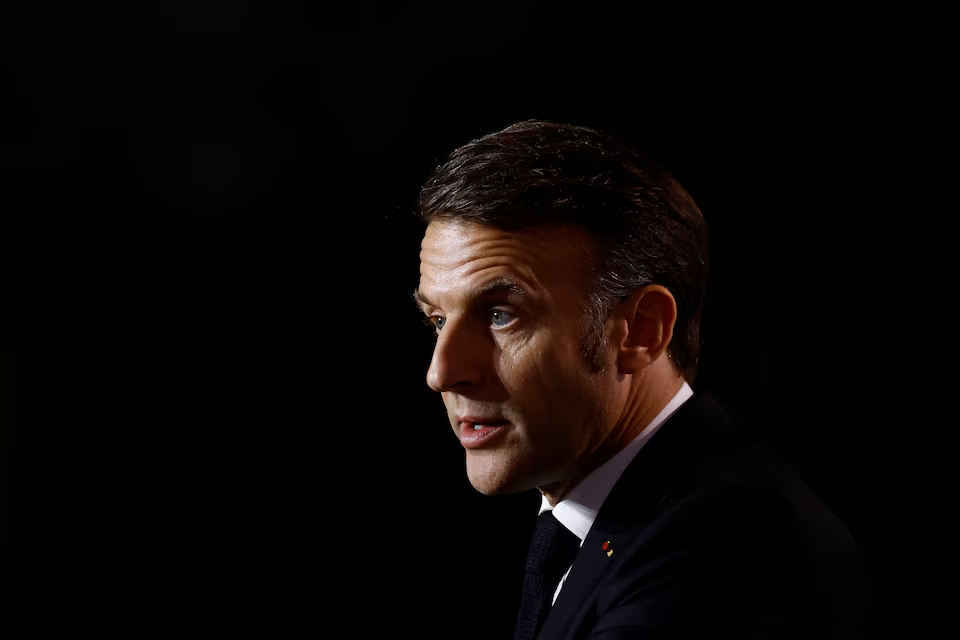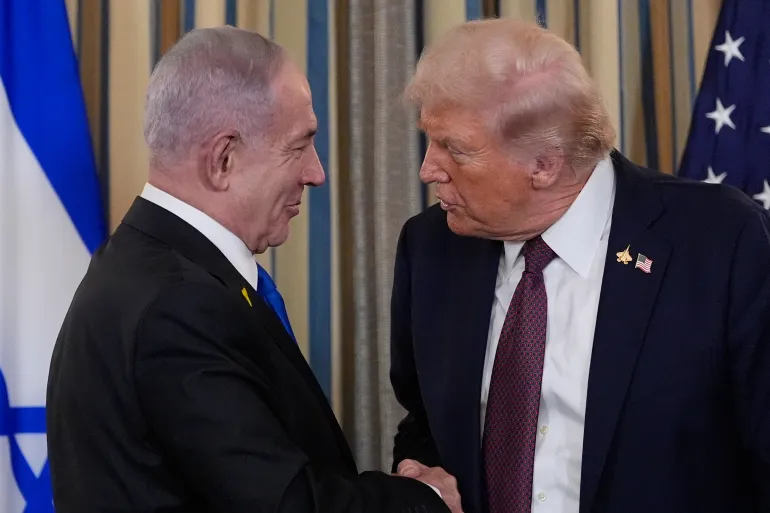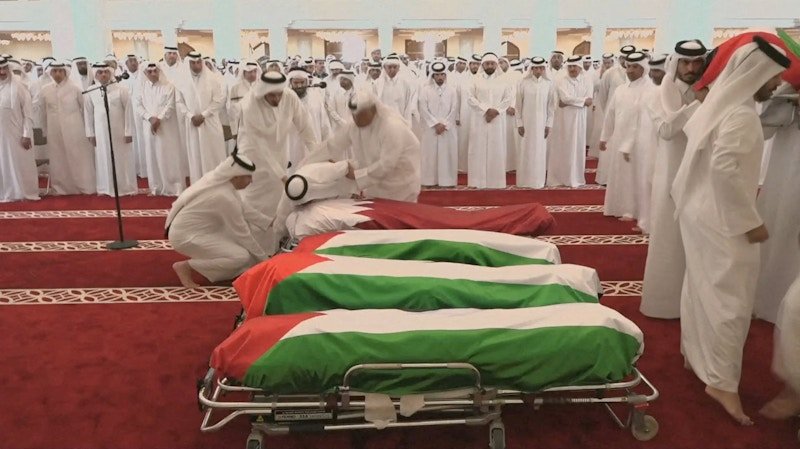Nepal’s Politics in Turmoil Amid Gen Z Protests
Government’s fall feared; Ruling leaders may attempt to flee between 2 to 3 PM today
Nepal’s Politics in Turmoil Amid Gen Z Protests
Kathmandu, September 9: For the second consecutive day, Nepal has been rocked by massive protests led by the Gen Z youth. Following Monday’s deadly clashes that left at least 20 people dead and over 250 injured, the anti-government demonstrations intensified across the capital Kathmandu and several other cities on Tuesday. Protesters stormed the President’s official residence, demanding the immediate resignation of Prime Minister KP Sharma Oli.
Prime Minister Oli called for an all-party meeting but failed to reach any solution. Opposition parties have categorically demanded the government’s resignation. Signs of division within the cabinet have also emerged, with Water Supply Minister Pradeep Yadav resigning in solidarity with the Gen Z movement. His resignation is being seen as a major setback for the Oli government.
Political analysts in Kathmandu fear that if the situation remains uncontrolled, Prime Minister Oli and his senior cabinet colleagues may attempt to flee the country between 2 and 3 PM today (Tuesday). Reports suggest heavy military deployment has been reinforced around Oli’s official residence, though internal rifts within the army are also said to be widening.
The protesting youth have declared that lifting the social media ban alone is not enough. They vow to remain on the streets until the government falls. The movement has now spread nationwide, with university students, young professionals, and IT entrepreneurs joining hands to sustain the protests.
Neighboring India and China are closely monitoring the escalating crisis. Indian media reports suggest that if the government fails to control the unrest, an interim administration may soon be formed. Diplomatic circles warn that if Nepal’s crisis drags on, it could have serious implications for regional stability in South Asia.
As per the latest reports, central Kathmandu is now under the control of protesters. Despite continued clashes with security forces, the government appears increasingly helpless against the mass anger. Speculation is rife that ruling party leaders could flee the country at any moment—a fear that has become the focal point of political and public discourse.


